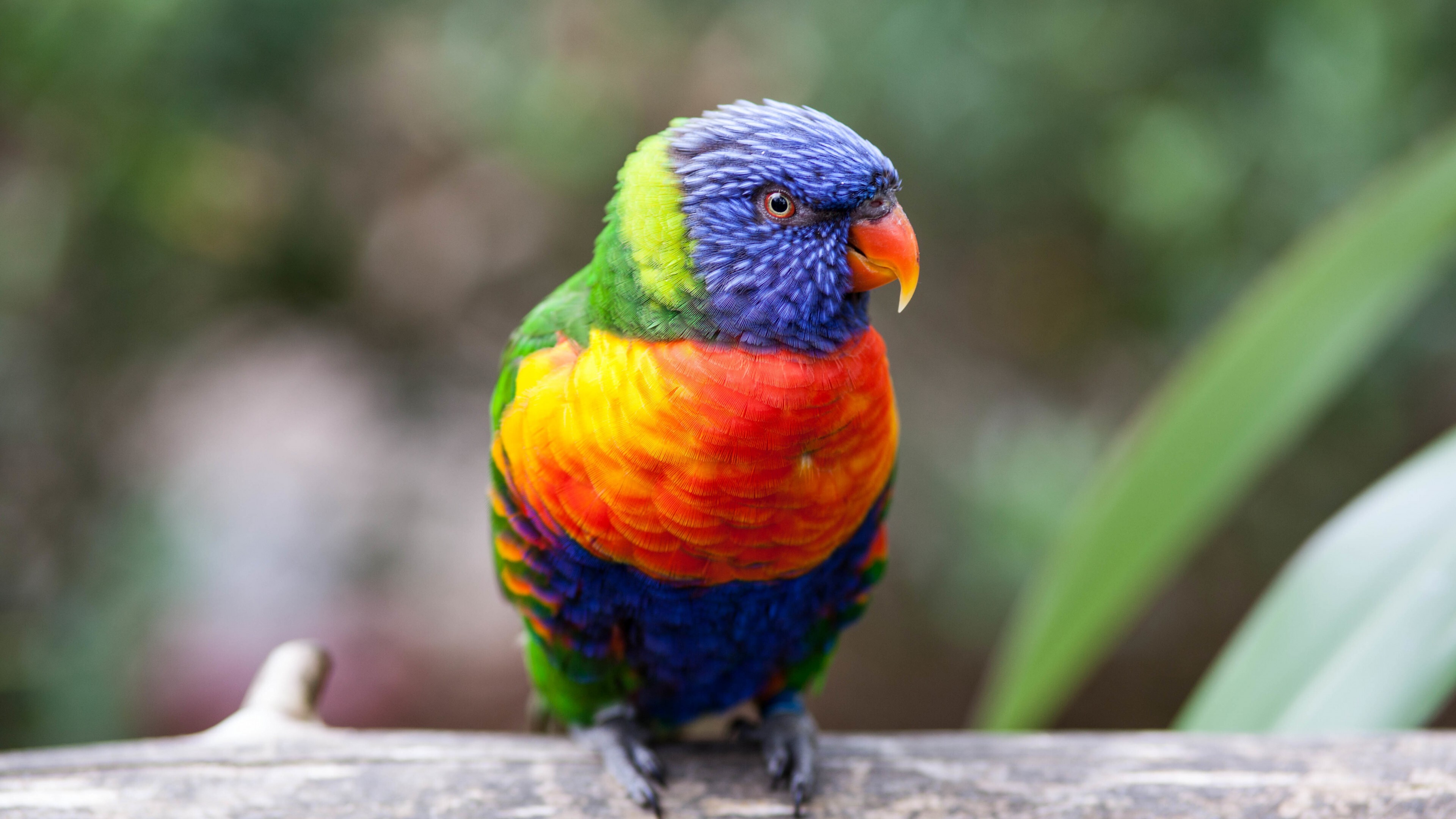Although caring for baby parrot (chicks), can be a rewarding job, it takes dedication and knowledge. To avoid any health problems, baby parrots should not be bought until they are weaned.

Baby parrots must be fed soft foods, fruits, and vegetables once they are weaned. They should continue to be fed until they can eat pellets or dried seeds. Keep them at 65-85 degrees Fahrenheit. Make sure the spacing between bars is not too large when choosing a cage. Place perches of different widths throughout the cage.
Mothers care for their babies for at least one year in the wild. It’s more than just feeding, as the chicks learn independence from their parents. You will need to assume this role when you adopt a baby parrot. Parrot Growth Stages.
Five stages are involved in the growth of a baby parrot
- Neonate
- Nestling
- Fledgling
- Weanling
- Juvenile
Neonate
Newly-hatched parrots are born without their eyes open during the first stage. They are also blind, deaf, and naked so they are dependent on their owners.
The wild hatchlings are fed the same food as their parents. If there is no mother or father, the owners must feed the baby parrots a special formula via a syringe.
Nestling
The nestling stage is when the parrot opens its eyes, but it remains dependent upon its owners.
Imprinting occurs during stage two. The chick forms a strong bond with its parents when it opens its eyes for the first time. If there is no other parrot present, the baby bird will make a mark on the human owner.

This stage is crucial for the development of a parrot. It will require visual, touch, sound, and interactive enrichment.
Fledgling
A parrot’s fledgling stage is when it learns to fly. Parrots can lose weight as they are more interested in flying than food. Parrots become dependent on their parents or owners for food.
After the parrot learns to fly, it is a good idea to clip its wings. But, if you do this too soon, it can prevent your parrot from learning to fly.

The wing clipping prevents a parrot flying away from your house and protects it against dangers like windows, ovens, ceiling fans, and other hazards around your home.
Weanling
Parrots learn to forage and eat solid food during the weanling stage. The weaning stage is when parrots learn to forage and take care of their own food.
Juvenile
The parrots are pre-adolescent birds, and they can take care of themselves. They will be able to eat solid food and not require any formula. They will be independent from their parents, but they won’t yet have sexual maturity.
Juvenile parrots will not have full adult blending colors at this stage. This is a normal process that occurs after the molting season. Don’t be alarmed when your baby parrot looks different from what you would expect.

This is the stage when breeders are most likely sell their parrots. Before the parrot goes to its new home, it should be between 8 and 12 weeks old.
What do you feed Baby Parrot?
Hagen Avicultural Research Institute artificially incubated Psittacine eggs. Babies without parents must be hand-fed for at least 3-5 months.
Mix your hand-rearing recipe in boiled water and let it cool. Mix all lumps and bumps together to create a smooth, thickened mixture.
Baby parrots must be hand-fed at a temperature below 45 degrees Celsius before being fed. It can ferment and cause infection if it is below 40 degrees Celsius.
Most baby parrots will need to be taken care of by their parents in the early stages of their lives. Hand-feeding can cause a variety of health problems that could endanger the parrot’s health.
After the parrot reaches the weaning stage, they will need to have a steady supply of soft vegetables and seeds. These are safe foods:
- Soaked and sprouted seeds
- Cooked sweet corn kernels
- Soft vegetables
- Fresh fruits
A variety of greens including chickweed, dandelion and other varieties
Baby parrots take time to develop a strong digestive system that can handle dried seeds and pellets. It’s okay to give a small amount of pellets for the parrots to eat. A shallow bowl of water should always be available in the cage.
Baby parrots should not be given water orally, as they could drown. When they reach 4 weeks of age, they will be able to ingest water from their stomachs and hand-rear formula.
Baby Parrot Feeding schedule
VCA Hospitals says that the amount and frequency of feeding a baby parrot depends on their age and growth rate. Young birds require regular feeding, and they eat more frequently than older birds.
These guidelines outline how much food a baby parrot should consume. All feedings should take place between 6 AM and midnight.
For 1-2 weeks, feed 6-10 times per day, every 2-3 hours
2-3 Weeks: Feed your baby 5-6 times per day, once every 3-4 hours
3-4 weeks: Feed the bird 4-5 times per day, every four hours. The bird can be placed in a cage with a low perch, and a shallow water dish at four weeks of age.
5-6 weeks: Feed once daily. You can put soft seeds, fruits, cooking vegetables, and a small amount of pellets in the cage.

7 Weeks: The bird should be placed in a large cage and pellets in cups are scattered on the floor.
8 weeks: Start the weaning process. For the parrot to consume by itself, provide nutritionally complete pellets
Examine the crop of your parrot after you have finished feeding it. Although the bird is small in feathers, it can be easily seen when it is full. You can check the crop’s fullness by gently examining it with your thumb and index fingers.
Healthy parrots will respond well to each feed. The crop should also empty between feedings. Regular droppings should be produced.

